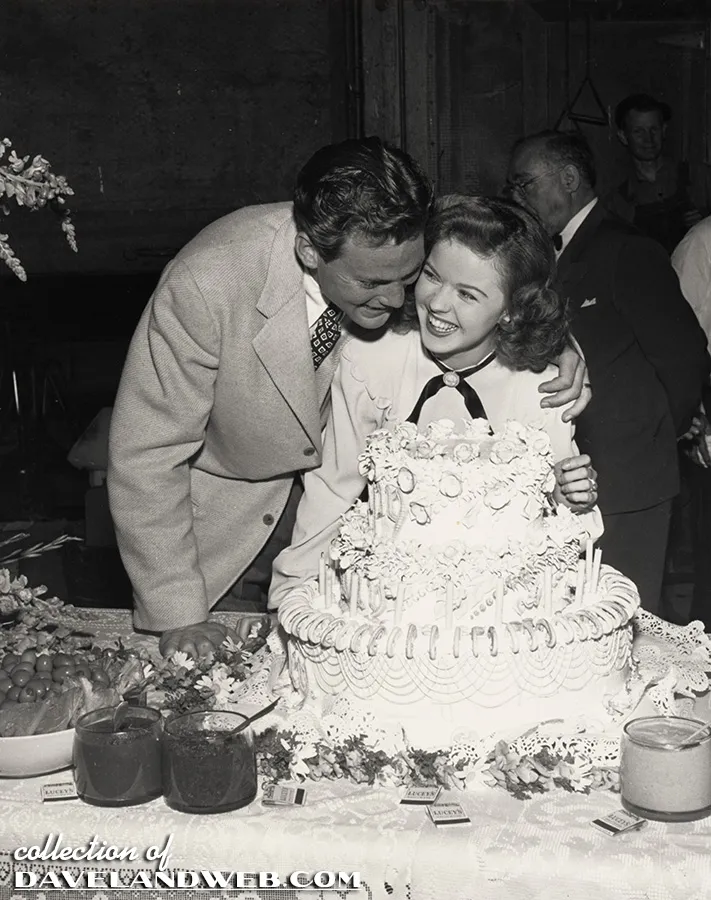John Lennon, one of the founding members of The Beatles, embarked on a remarkable solo career after the band's breakup in 1970. Among his many solo projects, the Plastic Ono Band stands out as a pivotal chapter in his musical journey. This article delves into the story of the Plastic Ono Band and its significance in John Lennon's solo career.

The Genesis of the Plastic Ono Band

The end of The Beatles in 1970 marked a significant turning point in the lives of its members. John Lennon, who had been an essential creative force within the group, was now free to explore his individual musical vision. The breakup was not without its share of tension and bitterness, but it also offered a fresh start.
One of the most profound influences on John's post-Beatles career was his relationship with Yoko Ono. Their union marked a period of intense artistic collaboration, with Yoko's avant-garde sensibilities encouraging John to explore new artistic avenues.

In 1969, John and Yoko began performing under the moniker "The Plastic Ono Band." The name was a reference to Ono's conceptual art projects and was symbolic of their shared artistic vision. Their first public performance under this name was at the Toronto Rock and Roll Revival festival in September 1969, and it marked the beginning of a new era for John Lennon.
Debut Album: "John Lennon/Plastic Ono Band" (1970)

In December 1970, John Lennon released his first solo album, "John Lennon/Plastic Ono Band." The album is a stark departure from The Beatles' sound, focusing on raw and confessional songwriting. The songs on the album, such as "Mother" and "Working Class Hero," were deeply personal, delving into John's childhood traumas, his relationship with his parents, and his feelings about fame.
One of the distinctive features of the album is John's use of "primal scream" therapy, a psychological technique that encourages individuals to release pent-up emotions through vocal expressions. This therapeutic approach heavily influenced the album's intense, emotional vocals, creating a deeply cathartic experience for both John and the listener.

"John Lennon/Plastic Ono Band" was met with critical acclaim, with many praising its honesty and emotional depth. It marked John's transition from a pop icon to a serious artist, exploring the depths of his psyche through his music.
Collaborations and Live Performances

The Plastic Ono Band's live debut at the Toronto Rock and Roll Revival festival in 1969 was an essential moment for John's post-Beatles career. The band consisted of John, Yoko, Eric Clapton, Klaus Voormann, and Alan White, and their performance was a mix of rock classics and experimental pieces.
Throughout their partnership, John and Yoko released several albums and collaborated on various artistic projects. These included albums like "Unfinished Music No. 1: Two Virgins" and "Unfinished Music No. 2: Life with the Lions," which were experimental and challenging pieces of music and sound art.

The Plastic Ono Band was not just a musical venture but a fusion of music and conceptual art. John and Yoko's unique approach to performance and album covers, like the "Two Virgins" cover featuring them in the nude, challenged societal norms and established the Plastic Ono Band as a force of avant-garde creativity.
"Imagine" (1971): A Transition and Commercial Success

After the raw emotional intensity of "John Lennon/Plastic Ono Band," John released "Imagine" in 1971. The title track, a universal anthem for peace and unity, remains one of the most iconic songs in the world. The album showcased John's versatility as a songwriter and his ability to create both emotionally charged and commercially successful music.
Alongside the album, John and Yoko created a film titled "Imagine" that offered a glimpse into their creative process and their lives. The film included live performances of the album's songs, providing an intimate look at the couple's artistic collaboration.

"Imagine" was a critical and commercial success, and the album's title track became an anthem for peace and unity. The song's simple yet profound message resonated with people around the world, cementing John Lennon's position as a cultural and musical icon.
Later Work and Legacy

As the 1970s progressed, the Plastic Ono Band underwent various transformations. It was less a consistent band and more of a conceptual vehicle for John and Yoko's artistic expressions. They continued to release albums and experimental works, including "Sometime in New York City" (1972) and "Feeling the Space" (1973).
John Lennon's solo career extended beyond the Plastic Ono Band. He released albums like "Walls and Bridges" (1974) and "Rock 'n' Roll" (1975) that showcased his versatility as a musician. Additionally, he collaborated with other artists, such as Elton John on "Whatever Gets You Thru the Night."

The Plastic Ono Band era remains a critical chapter in John Lennon's career. It demonstrated his willingness to embrace vulnerability and confront personal demons through his art. The emotional depth and honesty of his work continue to inspire artists across the globe.
Conclusion

The Plastic Ono Band was a transformative and pivotal chapter in John Lennon's solo career. It allowed him to break free from The Beatles' shadow and explore the depths of his emotions and artistic vision. The band's raw, confessional style, use of "primal scream" therapy, and fusion of music and conceptual art left an indelible mark on the world of music and popular culture. John's ability to combine emotional depth with commercial success, as seen in "Imagine," solidified his status as a cultural icon. While the Plastic Ono Band era was just one facet of his solo career, its influence and legacy continue to shape the music industry and inspire artists to this day.


